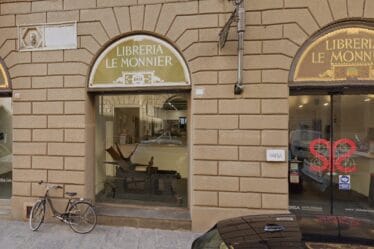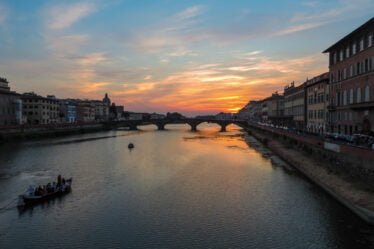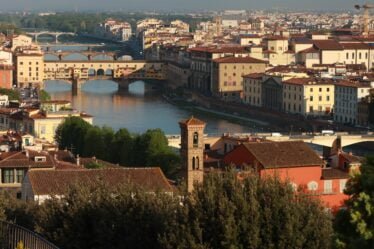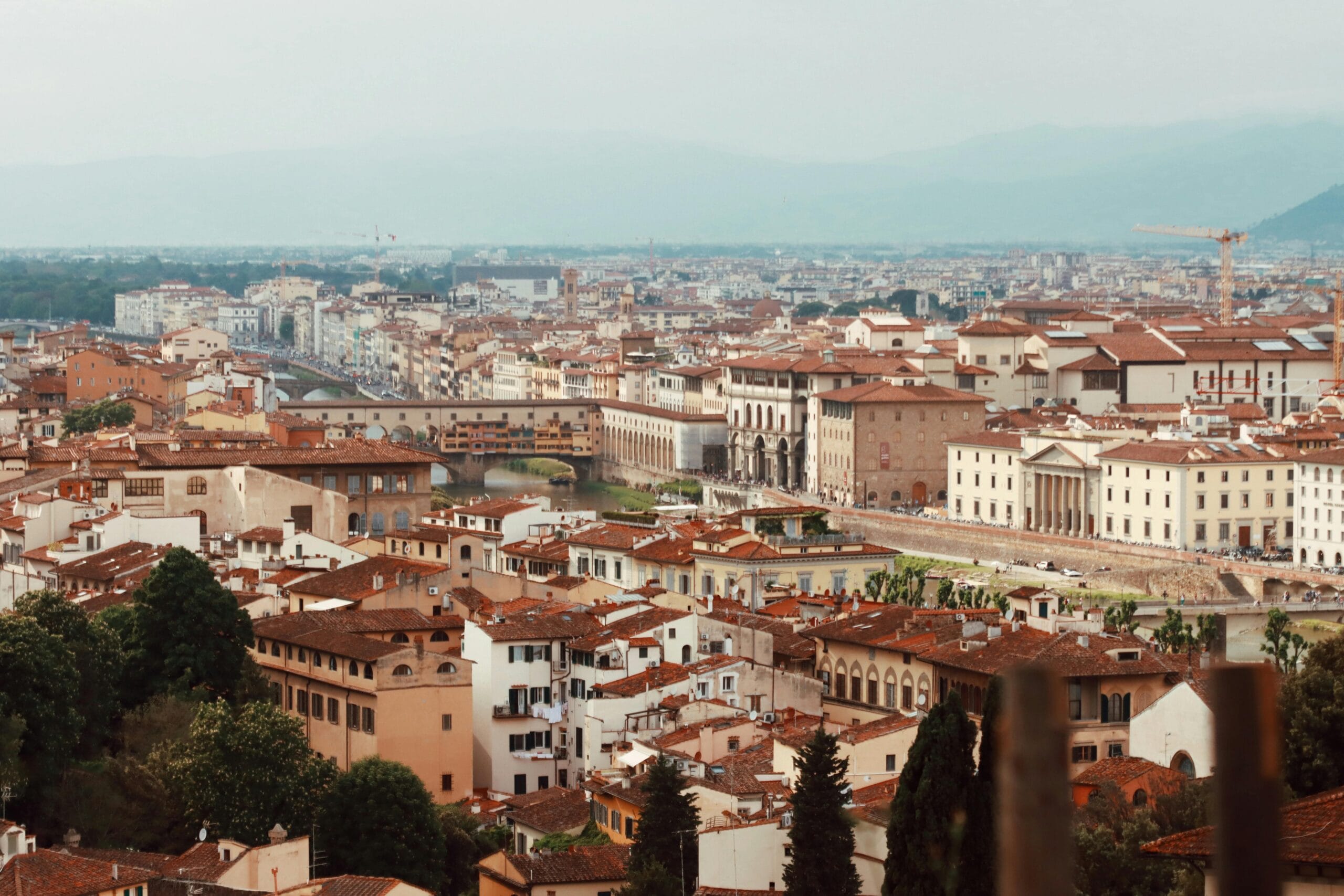
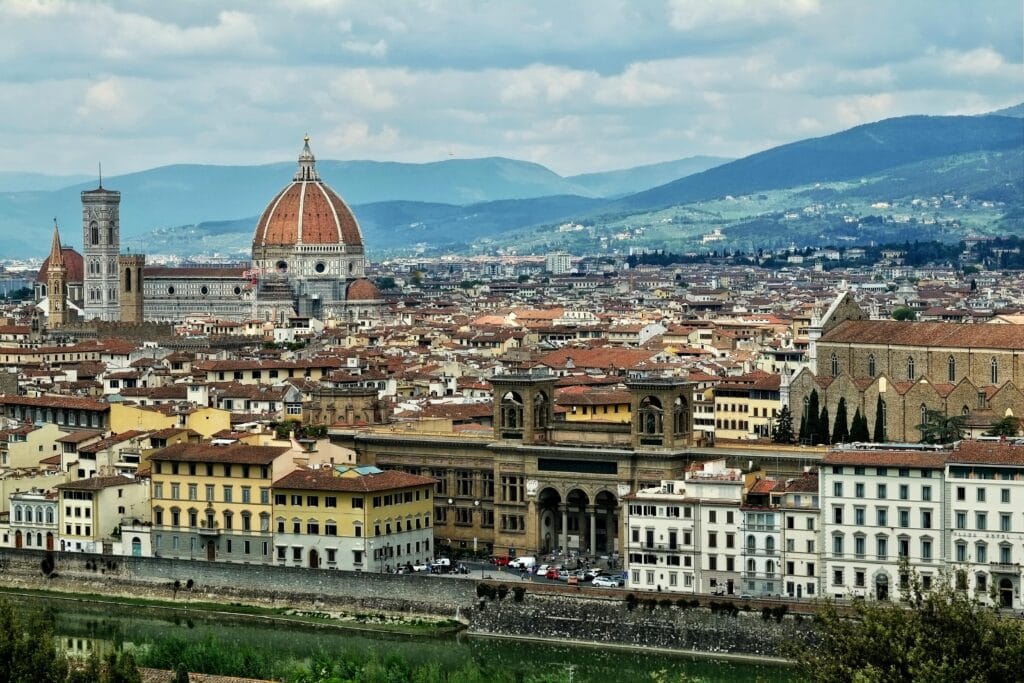
Introduction: Mystic Saint Verdiana Florence
In the heart of medieval Florence, right next to the ancient Porta della Giustizia, rises the monastery of Santa Verdiana, a place where history, faith and legend intertwine. Founded in 1392 thanks to the legacy of Niccolò di Manetto di Bonagiunta, notary and merchant, it still echoes the life of one of Tuscany’s most enigmatic saints. This article about Mystic Saint Verdiana Florence will guide you through her story, the transformation of her oratory into a female prison, and its current use by the University of Florence.
From Castelfiorentino to Florence
Santa Verdiana was born in the 12th century in Castelfiorentino. Orphaned at a young age, she was raised by a wealthy uncle whose estates she managed. Yet, her faith outweighed economic prudence: she gave food to the poor from her uncle’s stores, trusting that Providence would refill them—and it always did.
Because of this, Mystic Saint Verdiana Florence became a symbol of charity in medieval Tuscany.
Read more about Santa Verdiana’s origins
A Radical Choice and the Two Serpents
At the age of thirty, Verdiana made a radical decision: she walled herself up in a small oratory on the banks of the Elsa River, living the rest of her life in strict enclosure. She communicated only through a tiny window, receiving bread and requests for spiritual counsel.
With her were two serpents that had emerged from the river. For some, they were demons; for others, divine creatures. Verdiana cared for them as companions. When one was killed by locals, she wept bitterly.
Through these stories, Mystic Saint Verdiana Florence reveals a bridge between faith and myth, linking her to pre-Roman mother goddesses and to Hygieia, the ancient nurse of serpents.
Discover the legend of the two serpents
Canonization and Symbolism
Following her death, Verdiana’s canonization came almost immediately. Her very name evoked “verde” (green), a symbol of rebirth and springtime. Moreover, the serpents, ancient signs of regeneration and contact with the afterlife, reinforced her aura as a mystical figure.
Thus, Mystic Saint Verdiana Florence stands not only as a mystic but also as a symbol of continuity between earth and mystery.
Read a historical paper about the monastery
The Monastery: From Nuns to Prisoners
The monastery of Santa Verdiana in Florence was established in 1391–1392 for Vallombrosan nuns. After Napoleonic suppression in 1808, the complex was briefly used as public slaughterhouses. In 1865, however, it was transformed into a female prison, drastically altering the internal layout. This shift shows how sacred spaces can evolve with civic needs.
More on Florence’s historic convents
Today: A University Campus, Not a Residence
Contrary to what some may believe, the area is not a residential zone today. In the early 20th century, the complex was adapted as the seat of the Faculty of Architecture of the University of Florence. Recently, a new entrance from Largo Annigoni has improved access, creating a harmonious connection between the campus and the neighborhood. The cloister and the historic church remain key architectural elements.
Conclusion: A Living Legacy
From a walled-in mystic with two serpents to a bustling architecture faculty, the story of Santa Verdiana reflects Florence’s ability to reinvent its historic spaces. Mystic Saint Verdiana Florence is more than a religious name: it is a living narrative of charity, enclosure, transformation and adaptive reuse.

